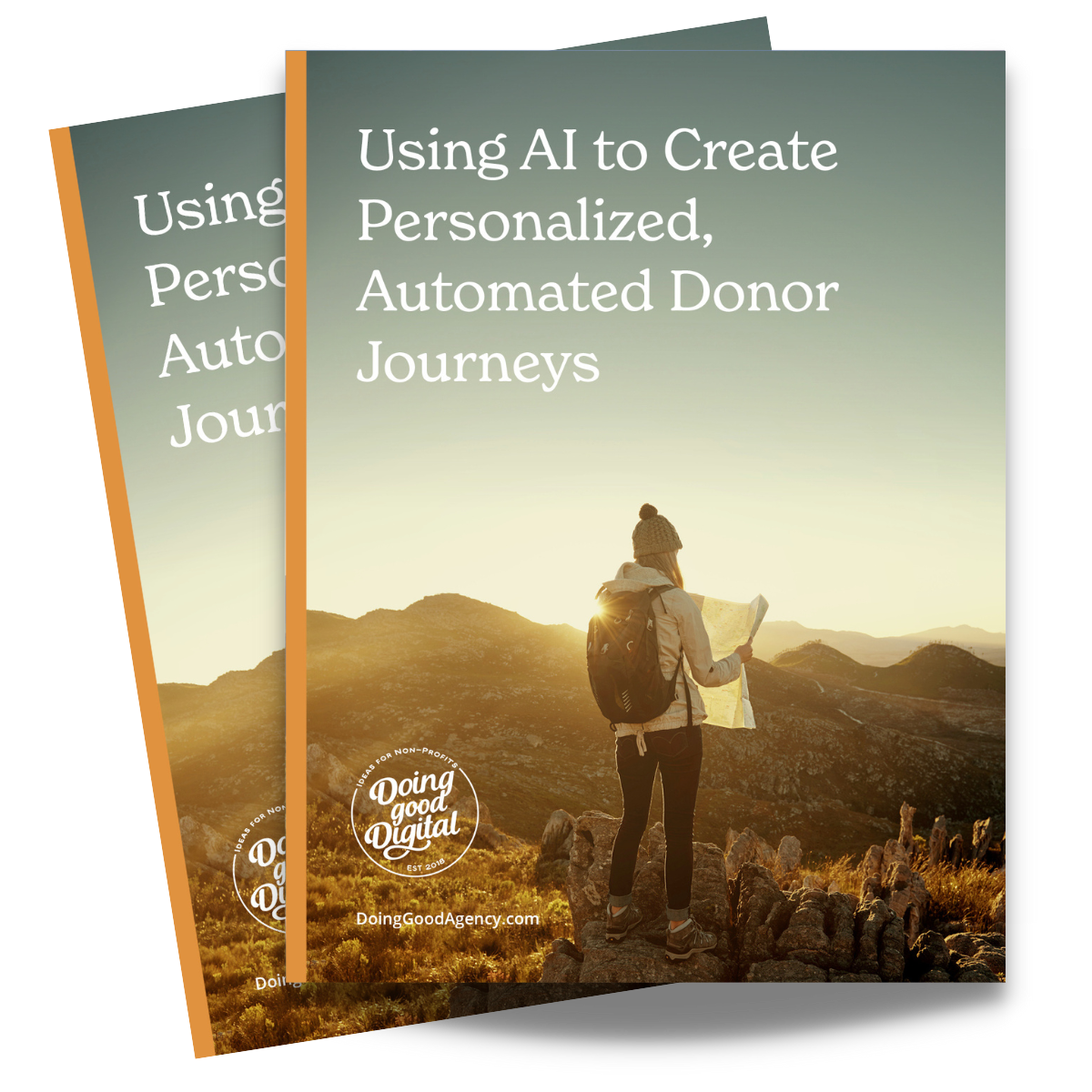How to Use Data to Drive Success in Digital Fundraising

Thanks to today’s digital age, nonprofits have a powerful tool to boost engagement, increase donations, and create a stellar fundraising program: data. With more and more donors moving to online giving, nonprofits have access to more critical information that they can use to improve the donor experience and advance fundraising efforts. Understanding how to use data effectively can make a big difference in your success in digital fundraising and overall mission.
Why Data Matters in Digital Fundraising
Data can come in all shapes and forms. Data provides valuable insights that allow you to make informed decisions in your digital fundraising strategy and adjust accordingly. By analyzing trends and donor behavior, nonprofits can better understand what resonates with their audience — or, sometimes more importantly, what doesn’t.
Data can help you identify your most engaged supporters, understand donor preferences and motivations to give, track the effectiveness of different campaigns, and optimize communication efforts for different donor segments. When data-driven fundraising is done well, you can boost revenue, more thoughtfully engage supports, and create a more impactful community for your cause.
Effective Data Points for Data-Driven Fundraising
To make the most of the vast amount of data available, it’s essential to focus on collecting actionable and meaningful information. Simply gathering data serves little purpose unless you can use it to inspire action — like encouraging them to donate. You can keep it as simple as a few regular data points or as deep as to create donor personas. Either way, prioritizing valuable insights will help make your efforts more effective and worthwhile.
Here are some of our favorite data points for fundraising (and what to do with them):
- Clicks in emails. Tools like Google Analytics or certain email service providers (ESPs) allow organizations to see which hyperlink gathers the most clicks in an email. There are several ways you can use this data point. Firstly, you can see if in-text hyperlinks, buttons, or images are clicked most often. This can be incredibly valuable for your fundraising email strategy and email design.
Another great way to use email click data is to see who clicked but did not donate. If a user visits the donation form from an email link, sending an automated message to ask them to finish their donation in an abandoned cart (or donation) series can boost revenue and be an opportunity for a personalized, effective connection.
- Last engaged. There are a few ways to define “engaged” for your organization. For hospitals, the recency of visits can be an excellent data point to work with, including an opportunity to create a grateful patient program series. There are several options when creating a grateful patient program, but collecting this data is the first step to any of these worthwhile approaches.
Organizations can also collect data on who recently engaged by attending an event, including webinars. This can allow for a more tailored messaging, thus increase the likelihood of a donation. You can also use data on whether donations increase after attending an event, helping strategize on appeal timing.
- Previous gift and gift date. There are plenty of ways to segment based on the last gift, including first-time donors versus recurring donors. Tailoring messages for these two distinctive groups is a quick way to make your messaging feel more personal and thoughtful.
You can also use the last gift data point to create a segment of those who give more than two gifts in a year and ask them to become a monthly donor. Data on gifts helps shape the donor journey and target those ready to move through your funnel.
Gift date can be another quick point to pull and couple with automation. Creating an anniversary series can help reduce lapsed donors and improve donor retention.
Data-driven Fundraising and You
By understanding donor giving patterns and segmenting communications based on simple data, you can improve donor retention, engagement, and revenue. Data is integral to digital fundraising strategy, especially when so much is at our fingertips. If you still feel overwhelmed by it, get in touch! We love helping and taking your impact even further.
By Monica Schmidt





